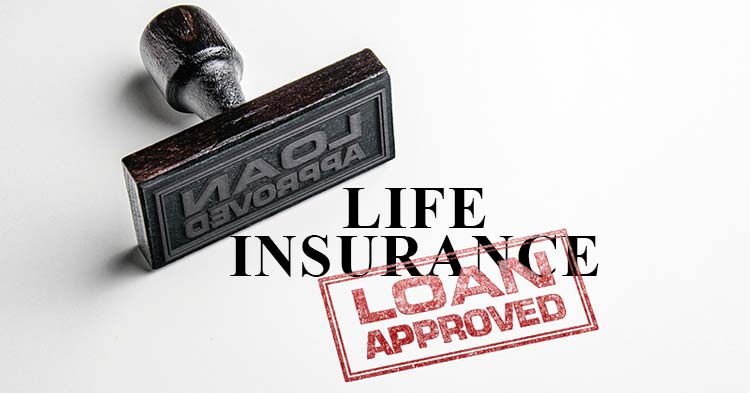A life insurance loan offers a unique financial opportunity for policyholders to access funds while maintaining the protection of their life insurance policy. In this comprehensive article, we will delve into the concept of a life insurance loan, its benefits, and considerations when utilizing this financial tool. By exploring insights from various reputable sources, we aim to provide a well-rounded understanding of this topic and its implications for policyholders.
Life Insurance Loan: Leveraging Policy Value for Financial Flexibility:
A life insurance loan allows policyholders to borrow against the cash value of their life insurance policy. By utilizing this option, individuals can tap into the accumulated value of their policy while still retaining the coverage and potential for growth. This financial strategy offers several advantages and can serve as a valuable resource in times of need.

The Benefits of a Life Insurance Loan:
- Access to Funds:
A life insurance loan provides policyholders with a readily available source of funds. Unlike traditional loans, there are typically no credit checks or lengthy approval processes involved. By borrowing against the cash value of their policy, individuals can quickly access the funds they require for various purposes, such as debt consolidation, education expenses, or unforeseen emergencies.
- Competitive Interest Rates:
Life insurance loans often offer competitive interest rates compared to other types of loans. Since the policy serves as collateral, insurance companies can offer favorable terms to policyholders. This can result in lower borrowing costs and potentially save individuals money in the long run.
- Tax Advantages:
One significant advantage of a life insurance loan is its potential tax benefits. Generally, the loan proceeds are not subject to income tax, as they are considered a loan rather than taxable income. Additionally, borrowing against the policy’s cash value does not trigger a taxable event, allowing individuals to access funds without incurring immediate tax liabilities.
- Flexibility and Repayment Options:
Life insurance loans offer flexibility in repayment terms. Policyholders have the freedom to choose how and when they repay the loan, providing a level of convenience that aligns with their financial circumstances. Whether it’s making regular payments or repaying the loan in a lump sum, individuals can tailor the repayment plan to suit their needs.
Recommendation:
- JPMorgan Chase Review
- Citigroup Inc. Review
- Bank of China Review
- Agricultural Bank of China Review
- HSBC Review – The Ultimate Choice for Investors and Individuals
Considerations when Utilizing a Life Insurance Loan:
- Impact on Policy Value:
Borrowing against the cash value of a life insurance policy reduces the policy’s overall value. It is crucial to understand the potential impact on the death benefit and future growth of the policy. Careful consideration should be given to the amount borrowed to ensure that sufficient funds remain to support the intended coverage and long-term objectives.
- Loan Repayment Obligations:
While life insurance loans offer flexibility in repayment, it is essential to understand the obligations associated with repayment. Failure to repay the loan and accrued interest can result in a reduction of the policy’s cash value or even the termination of the policy. Policyholders must establish a realistic repayment plan and adhere to it to maintain the integrity of their coverage.
- Opportunity Cost:
When considering a life insurance loan, individuals should weigh the potential opportunity cost. By borrowing against the policy’s cash value, they may miss out on potential growth and dividends that could be earned on those funds. Evaluating the potential returns from alternative investments can help determine if a life insurance loan is the most advantageous option.

- Policy Surrender Consequences:
In some cases, policyholders may choose to surrender their life insurance policy instead of taking a loan. It is crucial to assess the potential consequences of surrendering the policy, such as the loss of coverage and any surrender charges or fees imposed by the insurance company. Comparing the benefits and drawbacks of both options can help individuals make an informed decision.
Conclusion:
A life insurance loan can provide policyholders with a valuable financial resource, offering access to funds, competitive interest rates, and potential tax advantages. However, careful consideration must be given to the impact on policy value, loan repayment.
